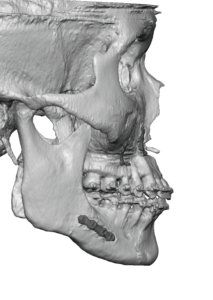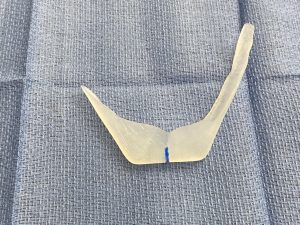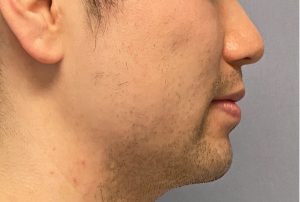Background: The chin implant is the original surgical method of facial bone augmentation and still the most commonly performed. Its history is reflected in the many styles and sizes of chin implants that are commercially available. Given the frequency of which the procedure is requested and performed it is no surprise that implant options have evolved so diversely.
But despite the many off-the-shelf chin implants that are available they will not work for everyone. It is important to remember that a standard implant design is made for standard aesthetic needs. This usually means for a modest chin deficiency of which their anatomy is not unusual or distorted. Some patient’s natural and iatrogenically altered bony chin shapes may not be a good fit for a standard chin implant. Thus when they are used it can be like ‘trying to fit a square peg in round hole’ so to speak. Other patient’s desired chin shape changes may simply be beyond the dimensions of what a standard chin implant can create. Recognizing either of these situations should prompt a jump into a custom implant design from the beginning.
With a chin implant other facial shaping procedures can be performed for a concomitant and synergistic effect. A common combination is augmenting the lower third of the face and narrowing the middle third of the face above it. The magnitude of such a diametric facial reshaping depends more on the dimensions of the chin augmentation and less so on the cheek thinning effect. But the effects of either one are enhanced by the other…which is what occurs is any combined augmentative and reductive facial procedures.
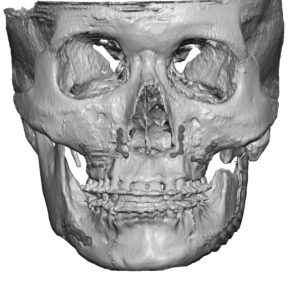
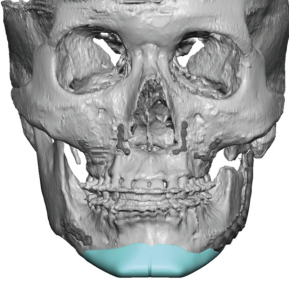

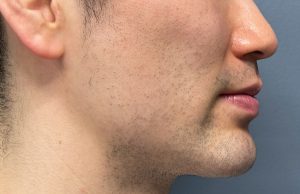
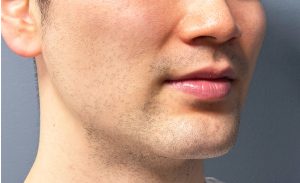
Many custom chin implants patients come to the custom design approach because of unsatisfactory prior chin surgery. (implant or bony genioplasty) Some of these may be because of an inadequate implant size or shape or non-ideal implant positioning but others can occur because the standard chin implant never had a good chance of success due to the patient’s anatomy. This patient is a good example of recognition from the beginning that a standard chin implant was not the best approach to their chin augmentation.
Key Points:
1) One of the indications for a custom chin implant is when a specific shape is needed or significant chin/jaw asymmetries exist.
2) An asymmetric jawline may necessitate the need for asymmetric wing extensions on the chin implant.
3) One of the procedures for a tissue cheek reduction are buccal lipectomies which can be combined for a synergistic aesthetic effect.
Dr. Barry Eppley
World-Renowned Plastic Surgeon




